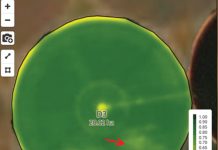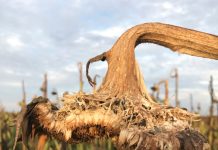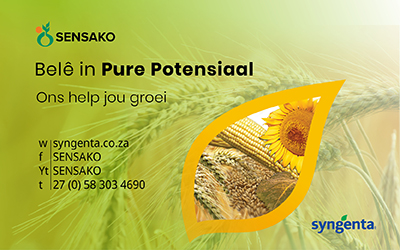
Wheat yield losses of up to 60% are possible due to ryegrass (Lolium spp.) infestation. Ryegrass thrives in the Mediterranean climate of the Western Cape, flourishing in the mild, wet winters where it competes with crops for nutrients. Even more troubling, it has developed multiple strategies that allow it to escape control measures. Australia, with similar Mediterranean crop production systems to the Western Cape, also has a problem with ryegrass.
Ryegrass competes strongly for resources. The same conditions that favour high wheat production also promote vigorous ryegrass growth. Interestingly, controlled pot trials showed that ryegrass is not such a fierce competitor against wheat on a one-to-one basis; wheat plants exhibit more competition among themselves (intraspecific) than they do against ryegrass (interspecific). However, field conditions rarely feature a one-to-one scenario.
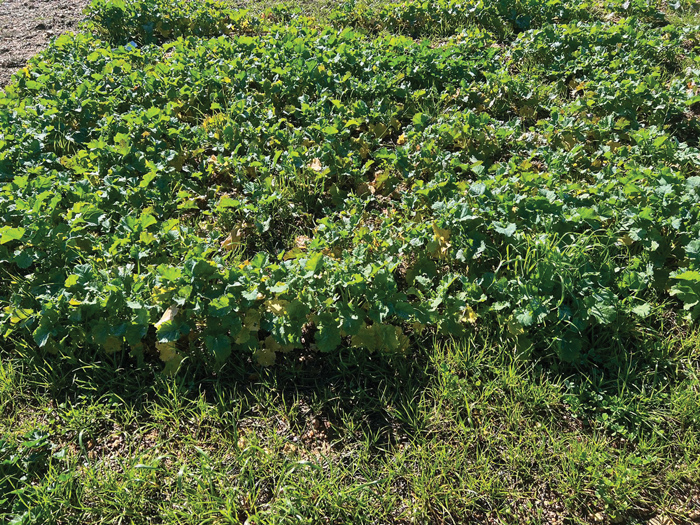
(Photo: Robin Riet)
Research indicates that under continuous cropping, ryegrass can produce over 45 000 viable seeds/m2 in a worst-case scenario. If only 5% of those seeds germinate, which is a common occurrence, that amounts to 2 250 ryegrass plants/m2. By comparison, wheat is typically established at 150 to 250 seedlings/m2. Such vast ryegrass numbers ensure competition with wheat simply through density, leading to substantial yield losses in winter cereal rotations.
In order to control the large numbers of ryegrass in the field, herbicide is applied. Herbicides that were once a highly effective strategy for controlling ryegrass, have unfortunately weakened considerably due to herbicide resistance. Today, weedy ryegrass (Lolium rigidum) is resistant to twelve herbicide modes of action (www.weedscience.org).
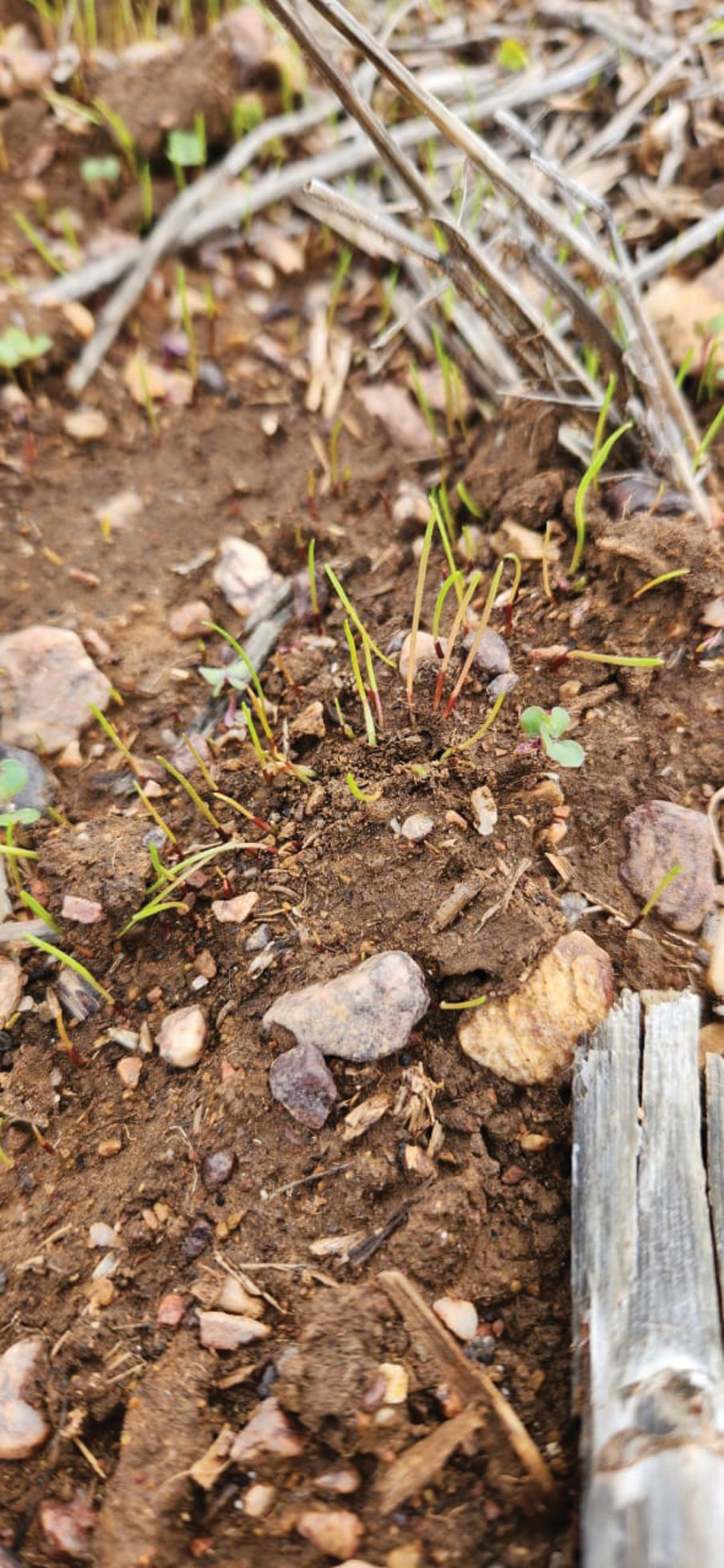
(Photo: Charné Viljoen)
What makes ryegrass so difficult to control?
Why has ryegrass become so difficult to control with herbicides? Ryegrass is a cross-pollinating species, meaning it freely exchanges genetic material, leading to offspring with very diverse traits. This genetic variation enables ryegrass populations to adapt quickly to both herbicides and environmental challenges. Lolium populations in the Western Cape consist of 50% weedy ryegrass (L. rigidum), 48% hybrid ryegrass (L. multiflorum × L. perenne) and 2% perennial ryegrass (L. perenne), indicating the diversity within the populations (Ferreira et al., 2015). This genetic diversity within ryegrass populations enables naturally resistant weeds to survive and reproduce when exposed to a single herbicide mode of action, thereby increasing the prevalence of resistant populations over time.
In addition to herbicide resistance, ryegrass adapts to various environmental pressures. An example is delayed germination, which allows portions of the population to emerge after initial control efforts, effectively evading many standard control practices. Some ryegrass populations also flower earlier, potentially extending the reproductive window and increasing seed production. These adaptations replenish the seedbank, extending ryegrass’s competitive advantage and causing yield losses.
Controlling ryegrass in the Western Cape requires a multifaceted weed management strategy rather than relying on a single solution. Historically, herbicides provided a reliable fix, but adaptations – such as resistance, delayed germination, and genetic diversity – have decreased their effectiveness. Although a new herbicide may offer temporary relief, it will be natural to want to use the new product that works every year. However, continuous use of any single product will likely drive the evolution of resistant populations within five to ten years.
To avoid this cycle, integrated weed management that utilises multiple tactics concurrently, minimises the chance of ryegrass adapting to one approach. Herbicides remain essential for maintaining adequate yields, but additional techniques that deplete and prevent replenishment of the seedbank must be refined. One example, successfully used in Australia, is harvest weed seed control (HWSC). This method aims to control surviving weeds and their seeds that escaped control throughout the season at harvest.
By embracing a comprehensive strategy that includes both chemical and non-chemical practices, producers can reduce ryegrass numbers.
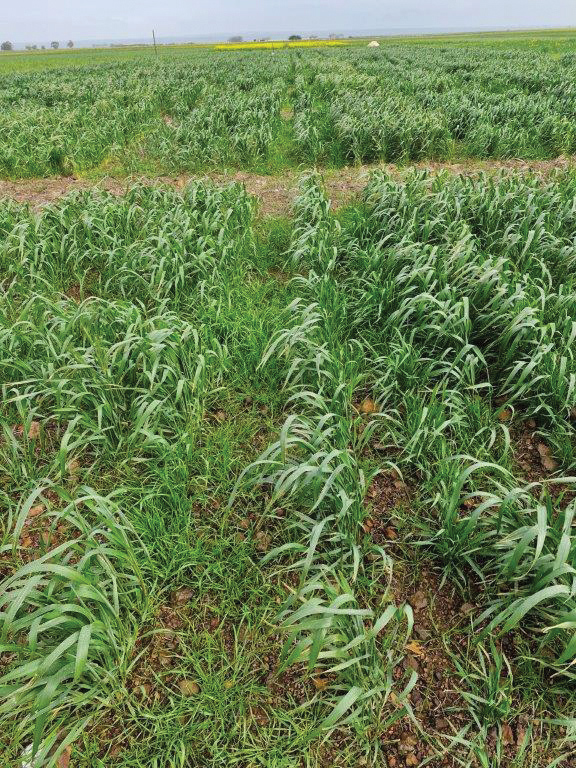
Further reading
Bestbier, L. 2023. Testing for Multiple Herbicide Resistance in a single Ryegrass population. MSc Thesis, Stellenbosch University.
Ferreira, MI, Reinhardt, CF, Lamprecht, SC, Sinclair, M, Mackenzie, L & Coller, G. 2015. Morphological identification of the ryegrass hybrid Lolium multiflorum × Lolium perenne and isolation of the pathogen Fusarium pseudograminearum in the Western Cape. South African Journal of Plant and Soil, 32:9 – 15
Van der Linde, J. 2018. Does zinc influence germination, vegetative growth or yield of wheat (Triticum aestivum)? MSc Thesis, Stellenbosch University.




